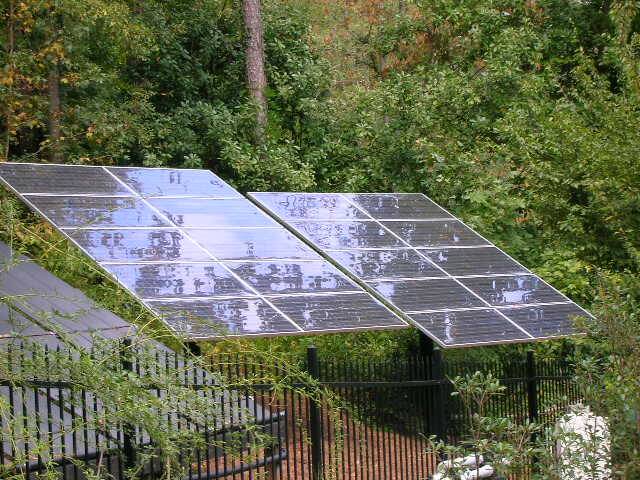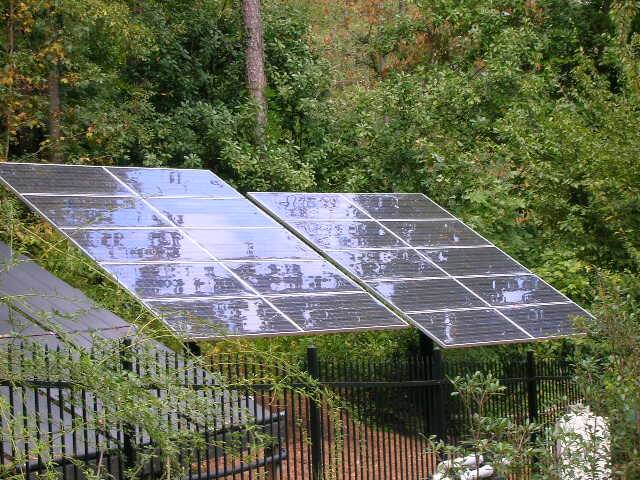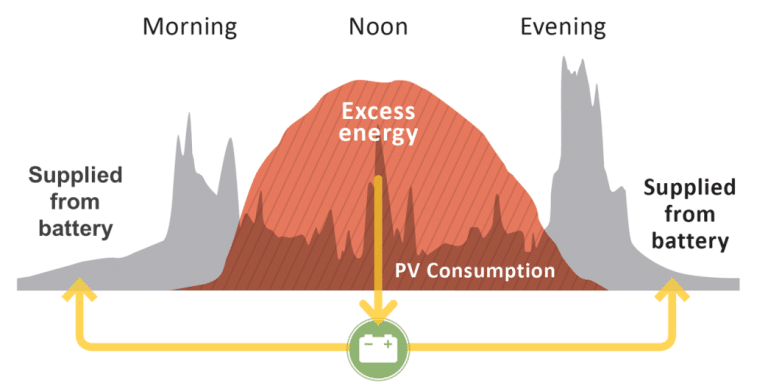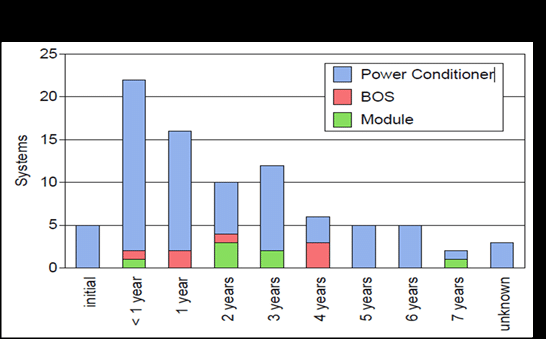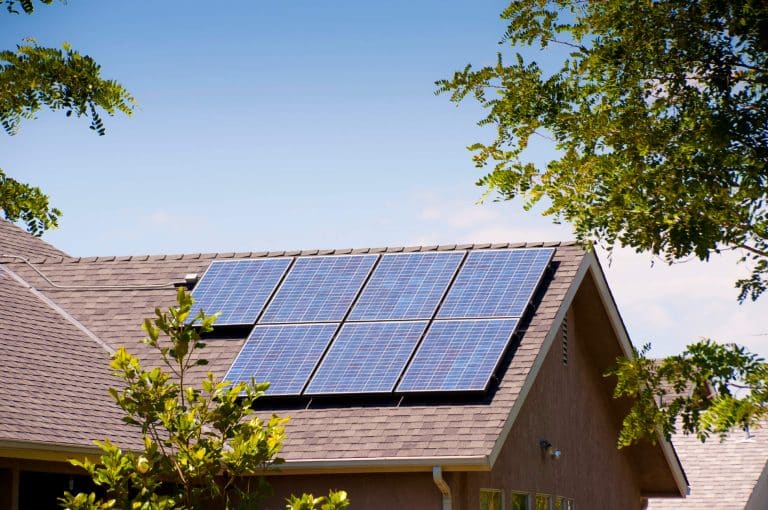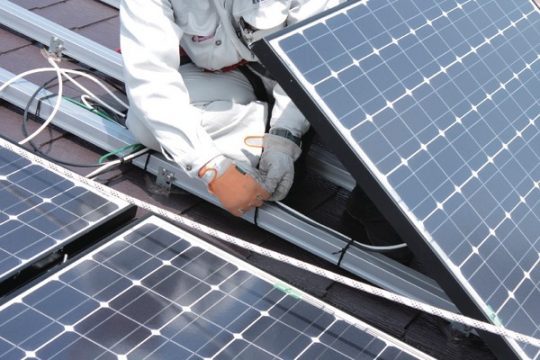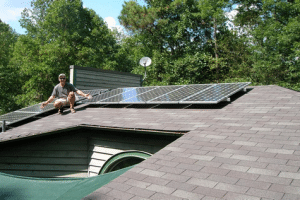
COVID-19 Assistance
Everyone is feeling the effects of the corona virus, and most people are concerned for their family and friends and anyone affected by COVID-19. It has adversely affected the health of many and the economic position of almost everyone. We understand that many find themselves in a position of reduced income, a surplus of time, and a restricted social agenda.
